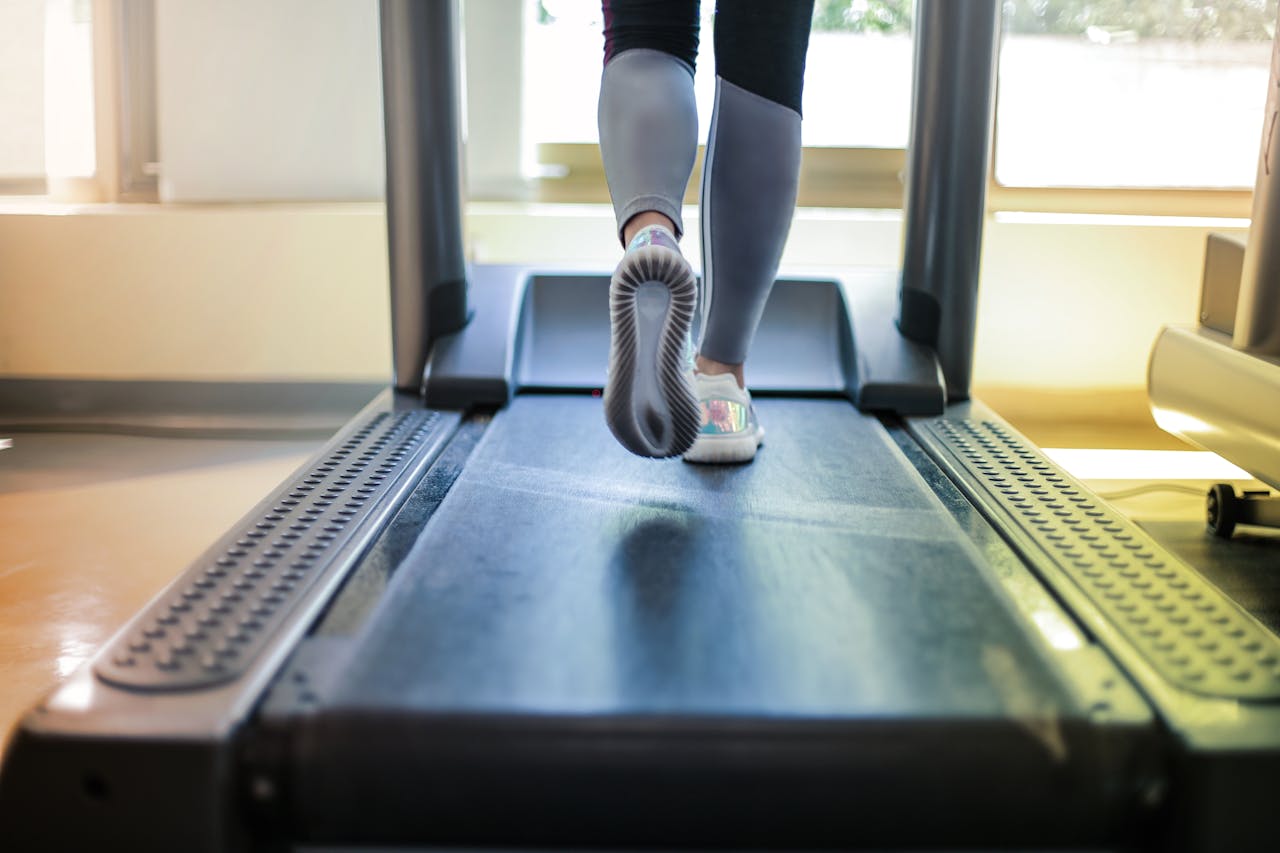Ditch the Treadmill: The Surprising Truth About Weight Loss (It’s NOT All About Cardio)
The Treadmill Trap: Is Cardio Sabotaging Your Weight Loss Goals?
Picture this: You’re religiously hitting the treadmill, sweating buckets, and watching the clock tick by, hoping to shed those extra pounds. But despite your best efforts, the scale refuses to budge. Frustrating, isn’t it?
The truth is, cardio isn’t the only key to weight loss. It’s time to ditch the treadmill and embrace a more holistic approach that will not only help you shed pounds but also transform your body composition and boost your overall health.
The Cardio Conundrum: Why Endless Hours on the Treadmill Might Be Backfiring
Cardiovascular exercise, like running, cycling, or swimming, is undoubtedly beneficial for your health. It strengthens your heart, improves endurance, and burns calories. However, relying solely on cardio for weight loss can be counterproductive.
Here’s why:
- Muscle Loss: Excessive cardio, especially without adequate strength training, can lead to muscle loss. This is detrimental because muscle tissue burns more calories at rest than fat, meaning your metabolism slows down, making it harder to lose weight in the long run.
- Plateau Effect: Your body adapts to repetitive cardio exercises, becoming more efficient and burning fewer calories over time. This can lead to a weight loss plateau, leaving you feeling frustrated and demotivated.
- Increased Hunger: While cardio burns calories during the workout, it can also trigger hunger and cravings afterward, leading to overeating and negating your efforts.
- Stress on Joints: High-impact cardio exercises can put stress on your joints, especially if you’re overweight or have pre-existing injuries.
Beyond Cardio: The Power of Strength Training
Strength training, often overlooked in the quest for weight loss, is a game-changer. It builds muscle mass, boosts metabolism, and helps you burn more calories even at rest.
Here’s how strength training supports weight loss:
- Muscle Building: Strength training stimulates muscle growth, increasing your resting metabolic rate and helping you burn more calories throughout the day.
- Fat Burning: While cardio burns calories during the workout, strength training continues to burn calories for hours afterward, thanks to the afterburn effect.
- Body Composition Transformation: Strength training helps you sculpt a leaner, more toned physique by reducing body fat and increasing muscle mass.
- Improved Bone Health: Strength training increases bone density, reducing your risk of osteoporosis and fractures, particularly important as you age.
The Holistic Approach: Nourishing Your Body and Mind
While exercise is crucial for weight loss, it’s just one piece of the puzzle. A holistic approach that includes nutrition and stress management is essential for sustainable results.
- Nutrition: Focus on a balanced diet rich in whole foods, lean protein, and healthy fats. Avoid processed foods, sugary drinks, and excessive amounts of refined carbohydrates. In addition, consulting with a nutritionist can help you create a personalized plan that supports your weight loss goals.
- Stress Management: Chronic stress can lead to weight gain and hinder your progress. Incorporate stress-reducing practices like yoga, meditation, or deep breathing exercises into your routine. Furthermore, acupuncture or massage therapy can also help alleviate stress and promote relaxation.
The Bottom Line: Embrace a Balanced Approach to Fitness
Don’t limit yourself to the treadmill. Embrace a balanced fitness routine that includes both cardio and strength training. By incorporating a variety of exercises and prioritizing holistic wellness, you can achieve sustainable weight loss, improve your body composition, and feel your best.
Remember: Weight loss is a journey, not a destination. Focus on building healthy habits, celebrating your progress, and listening to your body. With consistency and a balanced approach, you can achieve your goals and enjoy a vibrant, fulfilling life.
